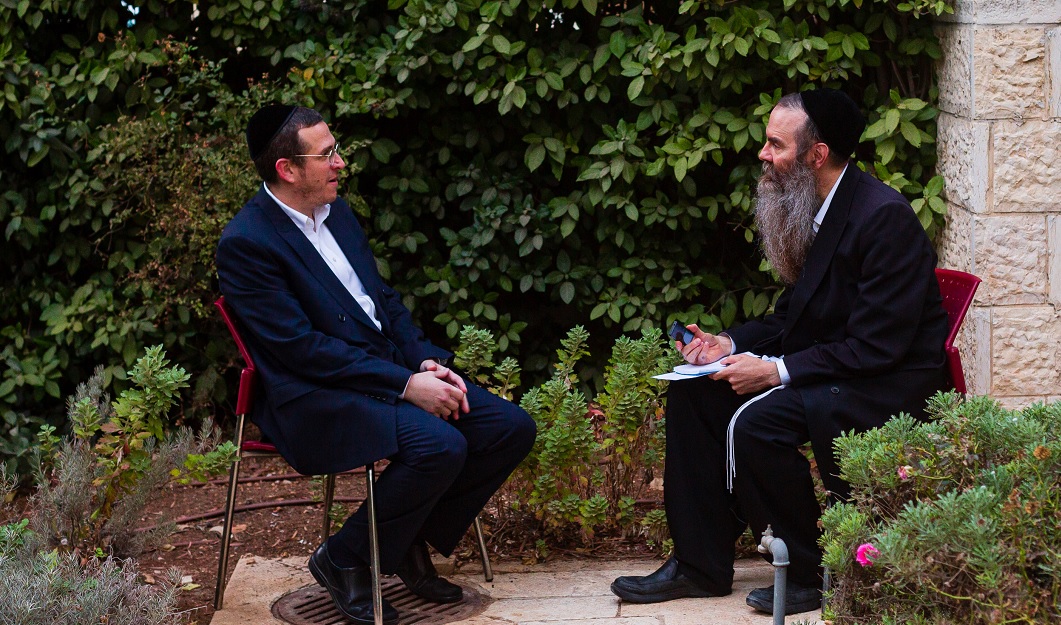Generic Solutions

Medical researcher Moshe Rogosnitzky taps existing drugs for new uses

Photos: Elchanan Kotler
How did Moshe Rogosnitzky — a soft-spoken, erstwhile kollel yungerman living in Eretz Yisrael, with not a degree to his name — help determine the course of President Donald Trump’s coronavirus treatment last month?
Among the battery of medicines prescribed for the president by the doctors at the Walter Reed National Military Medical Center was a drug called famotidine — better known as Pepcid, an over-the-counter remedy for excess stomach acid. Given the president’s reputation for being more prone to giving ulcers than getting them, it might have seemed a curious choice. So how did these high-level physicians come to prescribe Pepcid for coronavirus?
Here is where Moshe Rogosnitzky comes in. As it turns out, he headed the groundbreaking research on famotidine that formed the basis of the doctors’ decision.
“We were the first ones in the medical literature to propose it as a possible treatment, following an in-depth literature analysis of potential anti-COVID-19 candidates,” says Rogosnitzky in an interview at Mishpacha. “I don’t think President Trump knows that a high-school dropout in Israel was the one to first propose it... It just shows you that by following a very low-cost, low-tech approach to the problem, rather than utilizing all the supercomputing we have now, and all the research labs, you can sometimes reach the same solutions, or even better ones, much earlier on.”
Moshe Rogosnitzky (pronounced “raw-gauze-NIT-ski”), only in his late forties, has already had an extraordinary career. He is the cofounder and executive director of the MedInsight Research Institute, and describes himself as “a research scientist, innovator, and inventor of major medical breakthroughs.” He consults regularly with top experts in multiple fields of medicine around the world, and his work has saved countless lives.
His main line of work is what he calls “real-world drug repurposing.” This is essentially what was behind President Trump’s treatment with Pepcid, among a cocktail of generic drugs. Reb Moshe describes how research on the drug — which is still ongoing, and is not yet considered conclusive — led doctors to prescribe it for COVID-19.
“Pepcid has a protective effect on the cardiovascular function, which is an issue affecting COVID patients very much,” he says. “And it has very potent antiviral effects. Back when we did our research, we didn’t know that it has a very powerful effect against SARS-CoV-2, which is the virus that causes COVID-19. That came out later, when other researchers began looking at it. We were just looking at it rationally — this drug is over-the-counter, safe, has been around for many, many years, potentially can help people at least with the cardiovascular dysfunction, plus it has antiviral effects. Why shouldn’t we try it?”
Oops! We could not locate your form.












